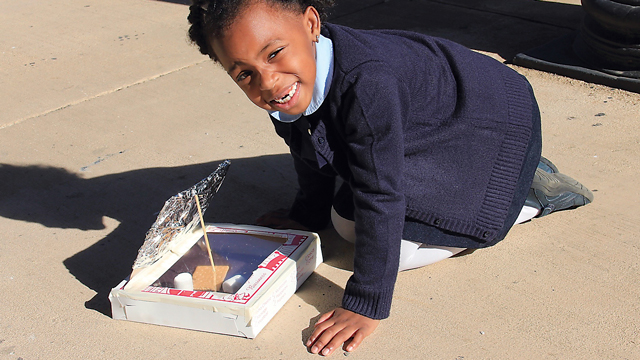The world needs more flowers! Make a seed sphere and grow them anywhere. Plus, adding plants to a landscape reduces the chances for erosion in low-soil spots, attracts pollinators, and…
Author: Science Museum of Virginia
Science is all around us! Kids can explore a common concept with a fun Halloween angle using this experiment. What you need: • Tissue paper • Balloon • Markers •…
Butter is a delicious treat we enjoy on a variety of foods, from biscuits to popcorn. But where does butter come from? How is it made? You can do the…
We all know things have different weights. Science gets even more interesting when there are two things that are exactly the same size and take up the exact amount of…
Leonardo da Vinci was a scientist, technician, engineer, and mathematician who studied the world around him. One of his inventions was a bridge designed to be used as an emergency…
Do you have a bag full of plastic bags at home? Here’s a great way to upcycle this common item that, sadly, finds its way to our oceans all too…
Often, science experiments are used to help us learn about ideas or explain concepts, that, on the surface, might seem unrelated to the experiment. For example, let’s look at what…
The process of electrolysis uses electricity to separate elements like the ones in water – a molecule made up of two hydrogen atoms and one oxygen atom. Sometimes referred to…
How many stars do you see when you look up at the sky at night? Did you know there are over 300 billion stars in our galaxy? In our solar…
The sun is a star. And it’s more than 5,000 degrees Celsius, so why wouldn’t we use it to cook? To bake for an hour in a regular oven costs…
Did you know the human body is approximately 60 percent water? Water is such an important part of how the human body functions that every system in your body requires…
Look at the trees and plants all around you – especially the ones you and your family didn’t plant. How do you think they got there? How did the flowers…















